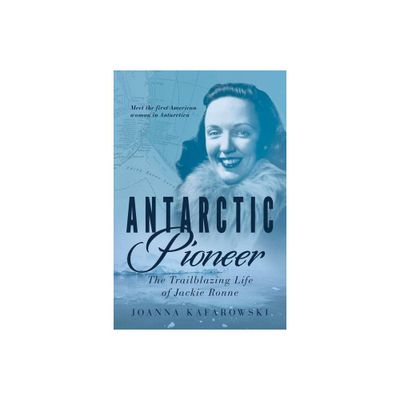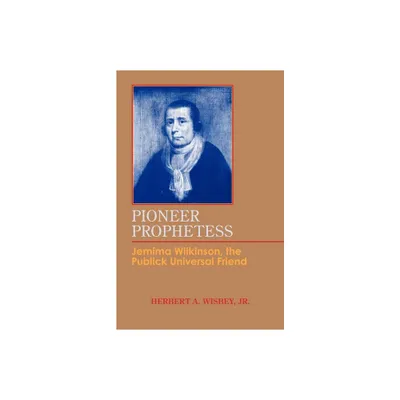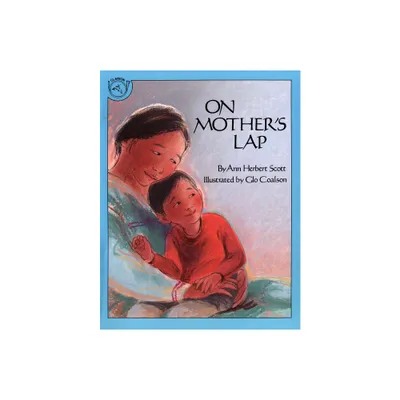Home
Herbert Ponting: Scott's Antarctic Photographer and Pioneer Filmmaker
Loading Inventory...
Barnes and Noble
Herbert Ponting: Scott's Antarctic Photographer and Pioneer Filmmaker
Current price: $33.99


Barnes and Noble
Herbert Ponting: Scott's Antarctic Photographer and Pioneer Filmmaker
Current price: $33.99
Loading Inventory...
Size: Paperback
*Product Information may vary - to confirm product availability, pricing, and additional information please contact Barnes and Noble
Born in Salisbury in 1870, Ponting was raised and educated in Carlisle, Preston and Southport. While working in a bank in Liverpool, Ponting bought his first Kodak compact camera. A decade later – after running a California fruit ranch and working in mining – he was a professional photographer, known for stereoviews of America, Japan and other parts of Asia and for illustrated magazine articles.
When Ponting returned to Britain in 1907, his Japanese and other photographs were exhibited and published widely. In 1909, while working on a memoir of Japan, he signed up for Scott’s
Terra Nova
expedition – two years later, he was back in London, working on thousands of photographs and film footage of the expedition.
In February 1913, the news broke that Scott and his South Pole companions had died. Overnight Ponting’s photographs became world famous. But in 1914, while Ponting was giving cinema-lectures on the expedition, war broke out. His offers to serve as a photographer or correspondent were declined, but in 1918 he and Ernest Shackleton joined a government-backed expedition to Spitsbergen. During the turbulent 1920s and 1930s Ponting wrote his memoir
The Great White South
, reworked his Antarctic films into full-length silent and ‘talkie’ versions and worked on cinematic inventions.
Anne Strathie’s new biography
includes previously unpublished material and images
, including on Ponting’s correspondence with photographic magnate George Eastman, his friendship with Shackleton’s photographer Frank Hurley, his late-life romance with singer Glae Carrodus and the establishment of his photographic and cinematic legacy.
When Ponting returned to Britain in 1907, his Japanese and other photographs were exhibited and published widely. In 1909, while working on a memoir of Japan, he signed up for Scott’s
Terra Nova
expedition – two years later, he was back in London, working on thousands of photographs and film footage of the expedition.
In February 1913, the news broke that Scott and his South Pole companions had died. Overnight Ponting’s photographs became world famous. But in 1914, while Ponting was giving cinema-lectures on the expedition, war broke out. His offers to serve as a photographer or correspondent were declined, but in 1918 he and Ernest Shackleton joined a government-backed expedition to Spitsbergen. During the turbulent 1920s and 1930s Ponting wrote his memoir
The Great White South
, reworked his Antarctic films into full-length silent and ‘talkie’ versions and worked on cinematic inventions.
Anne Strathie’s new biography
includes previously unpublished material and images
, including on Ponting’s correspondence with photographic magnate George Eastman, his friendship with Shackleton’s photographer Frank Hurley, his late-life romance with singer Glae Carrodus and the establishment of his photographic and cinematic legacy.







![Pioneers: First Women Filmmakers [Blu-ray]](https://prodimage.images-bn.com/pimages/0738329234119_p0_v2_s600x595.jpg)










